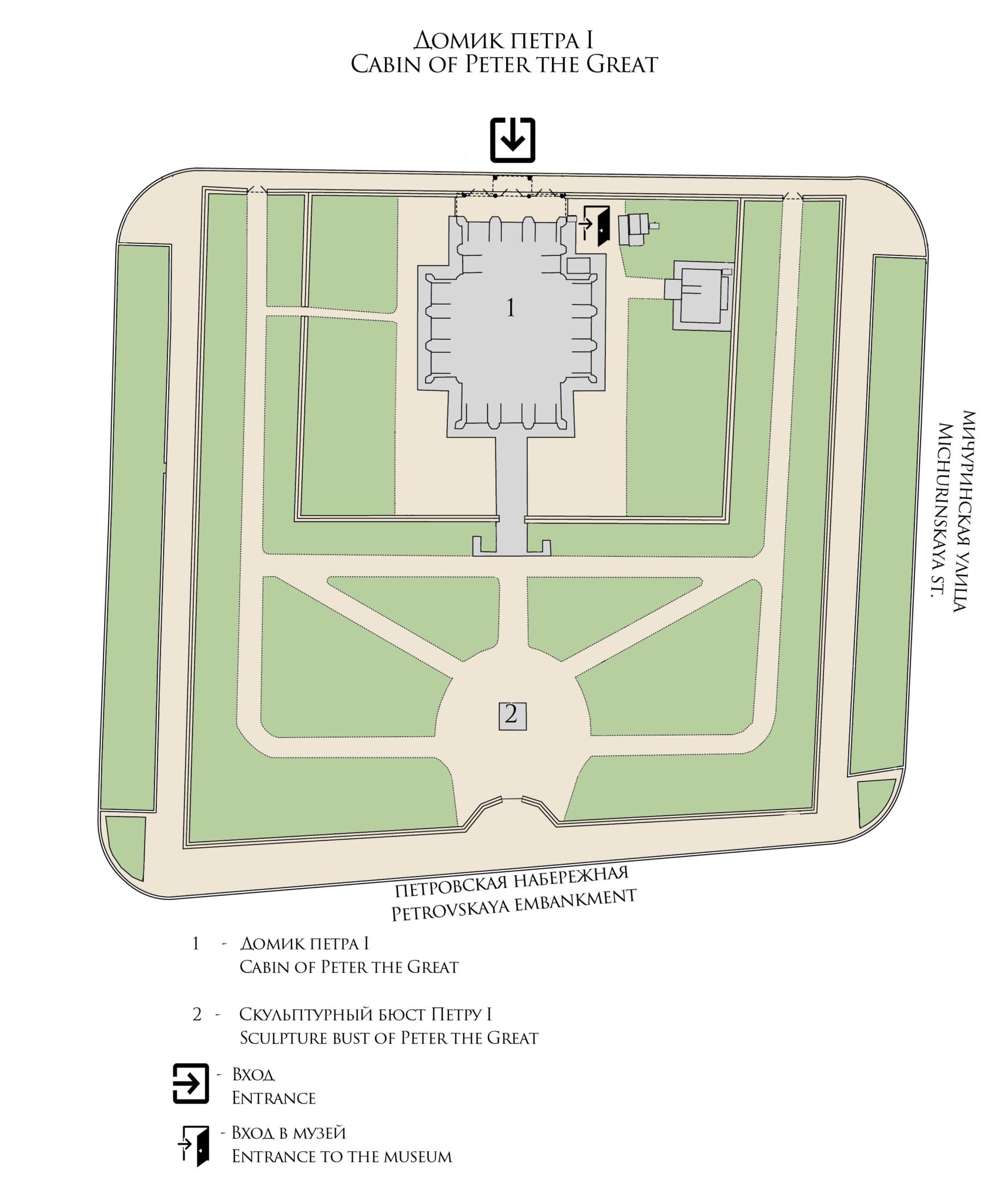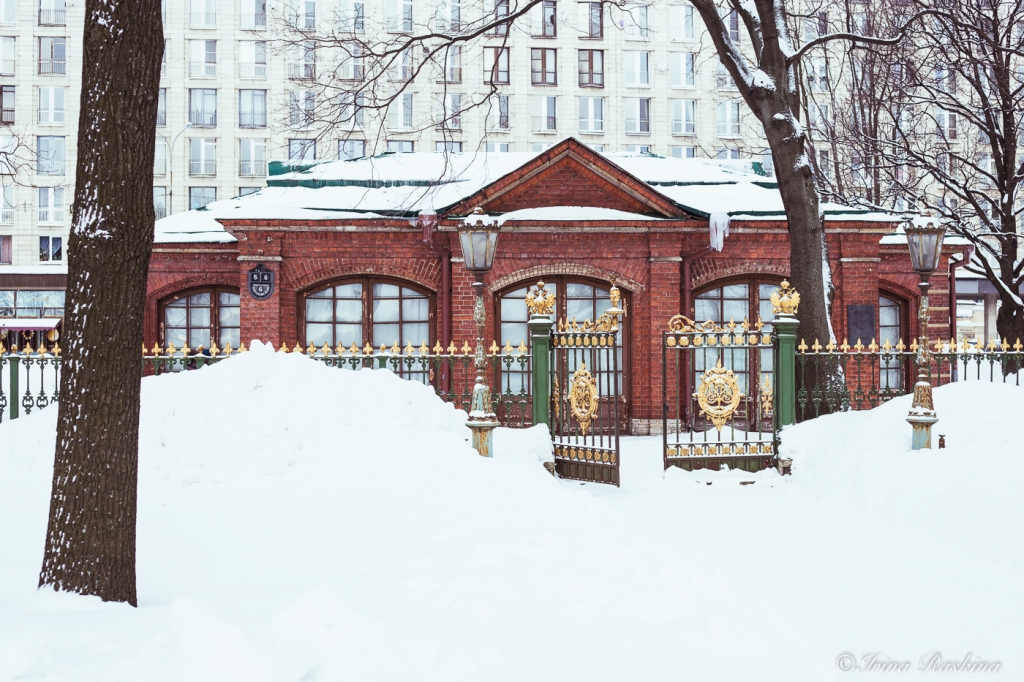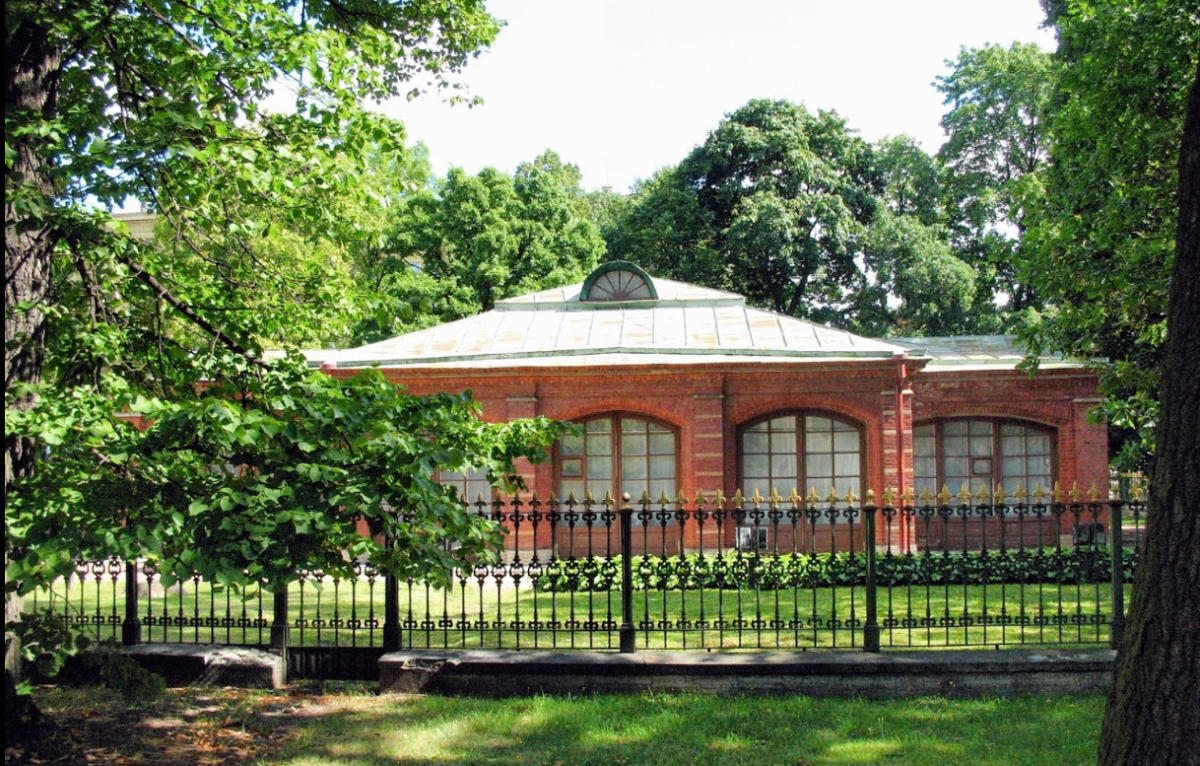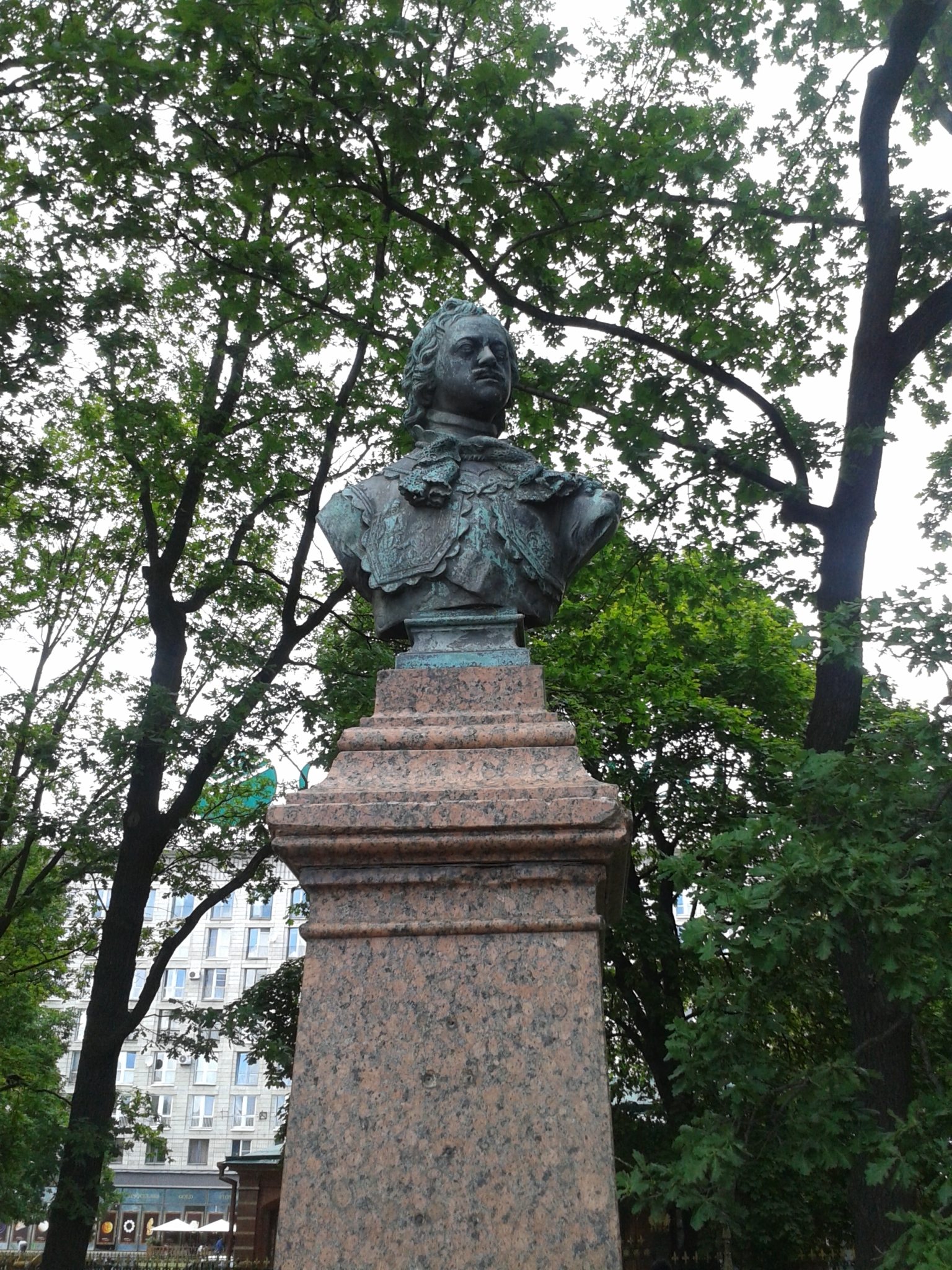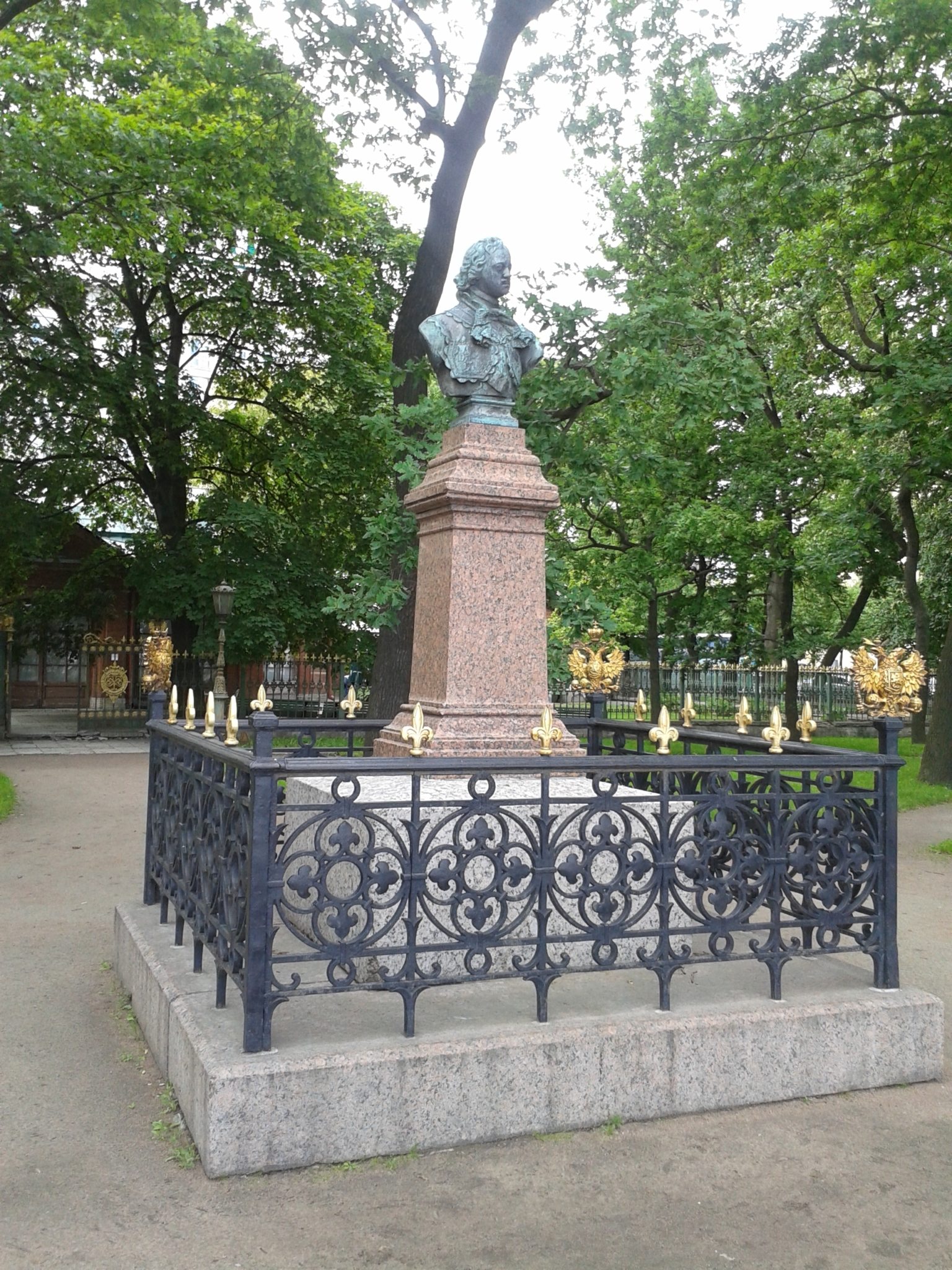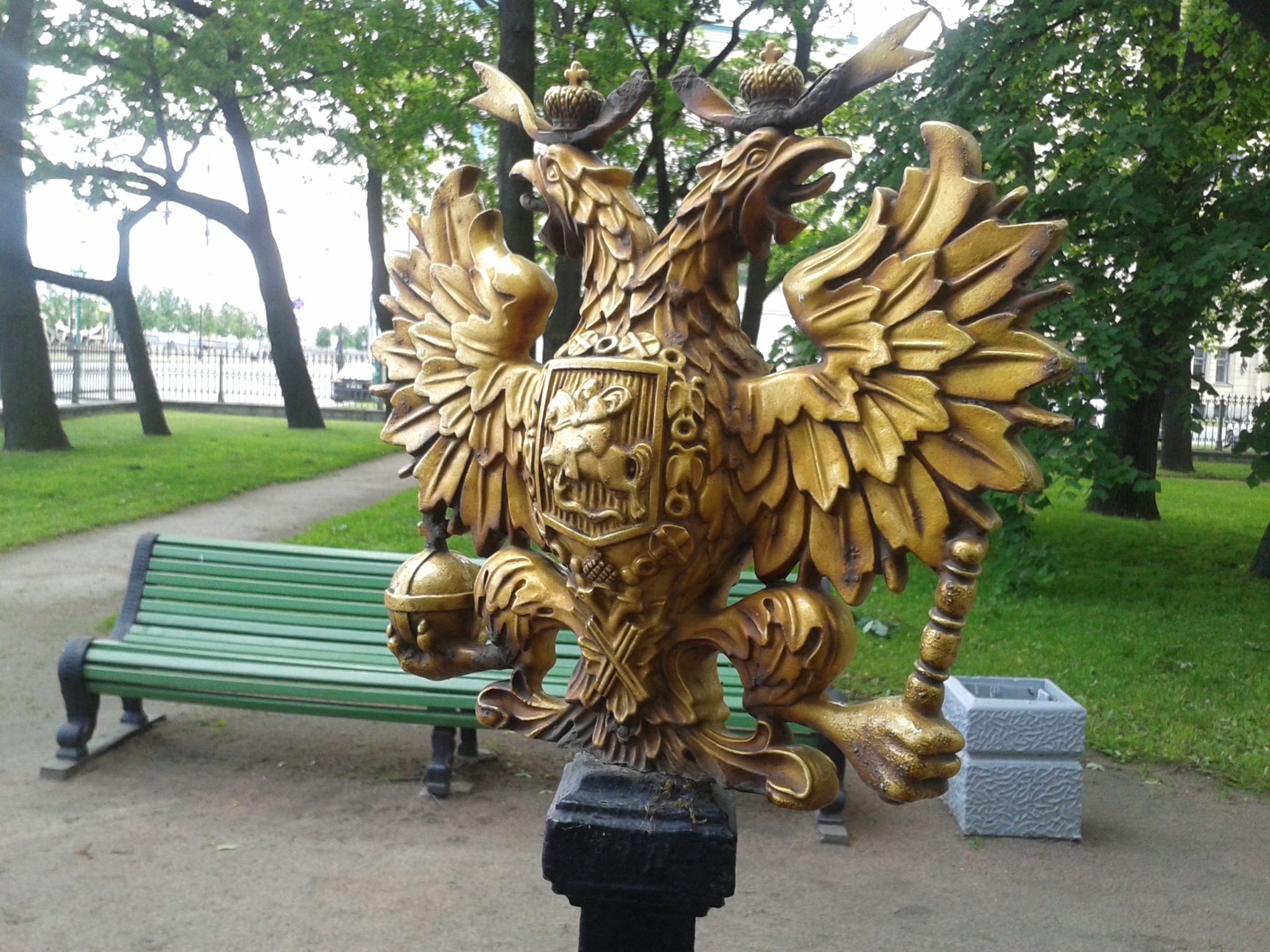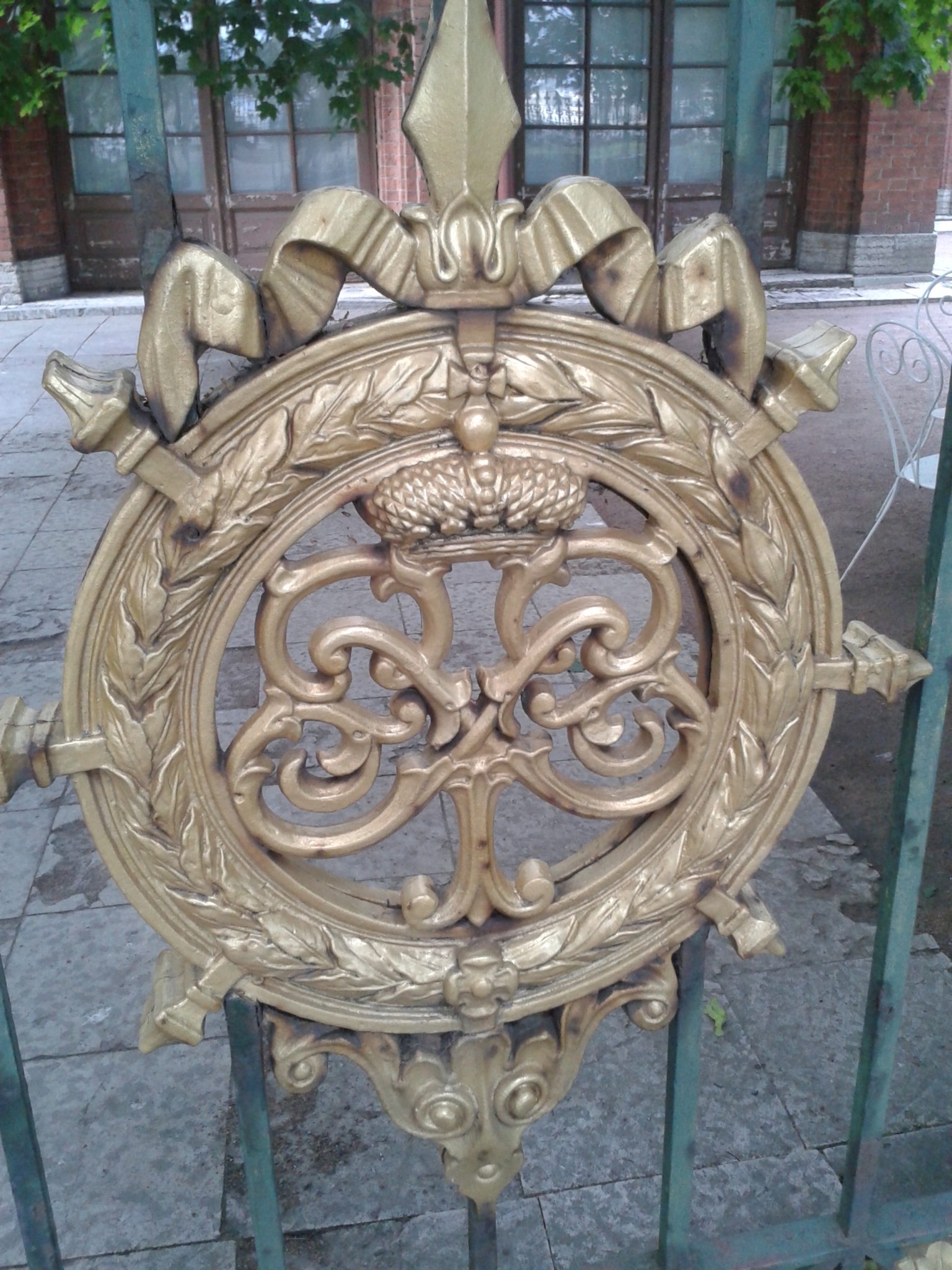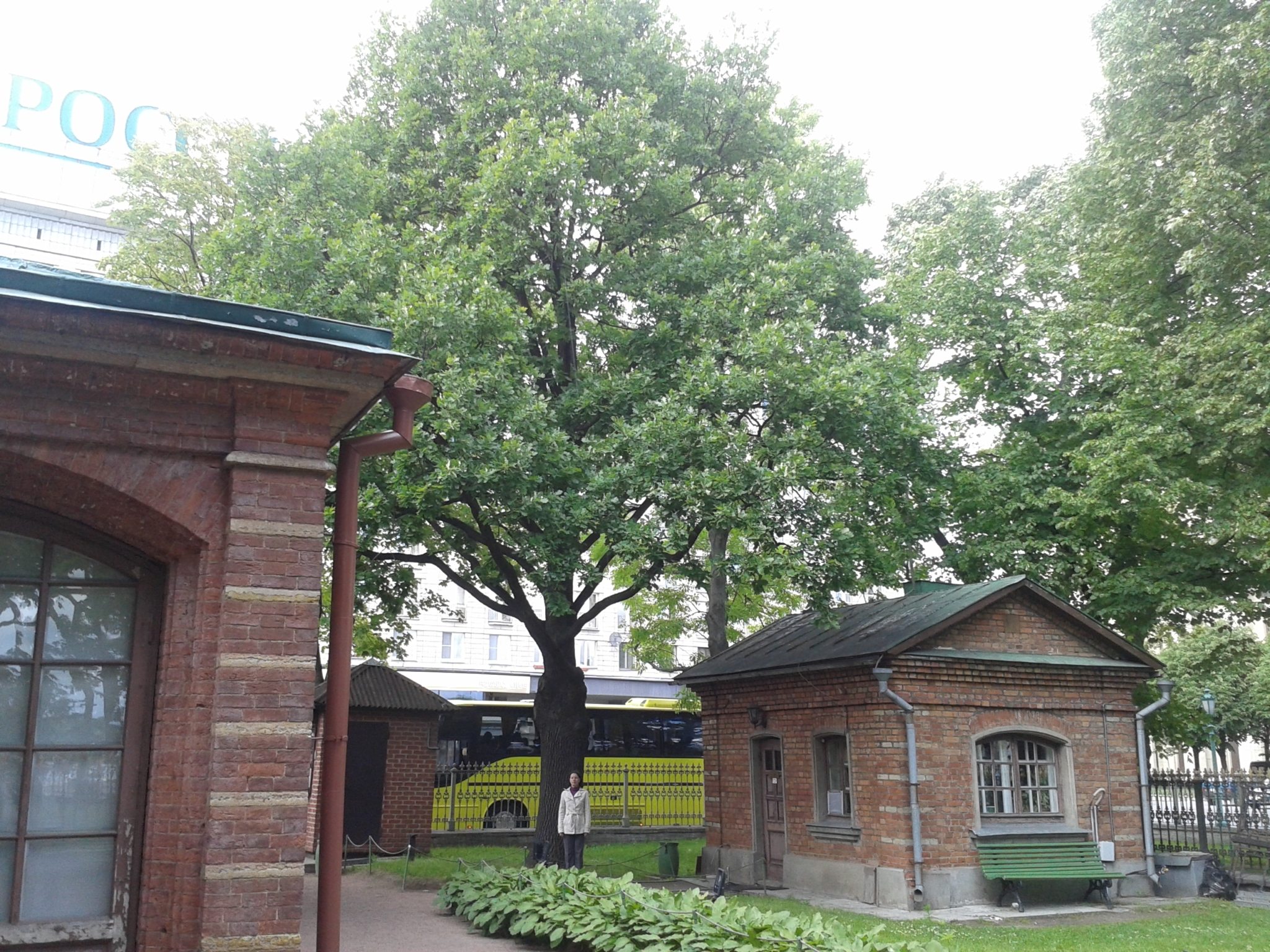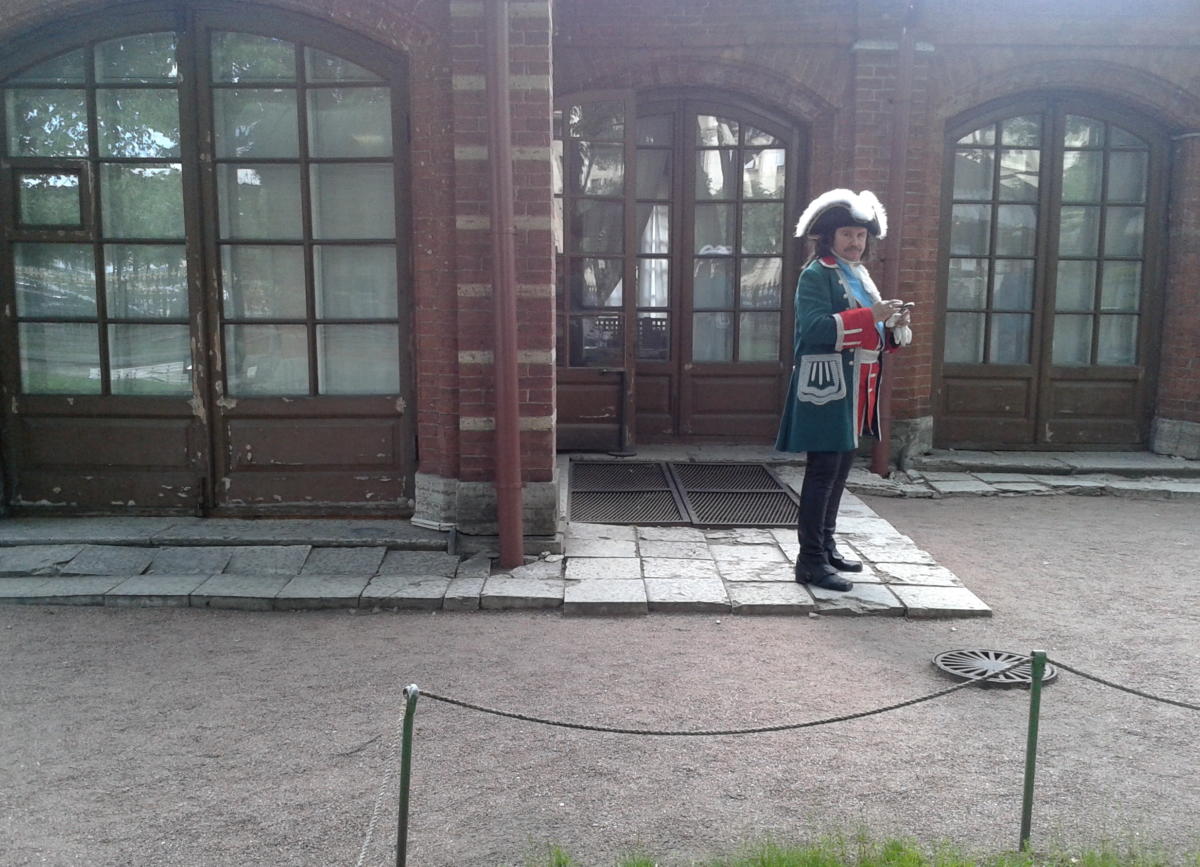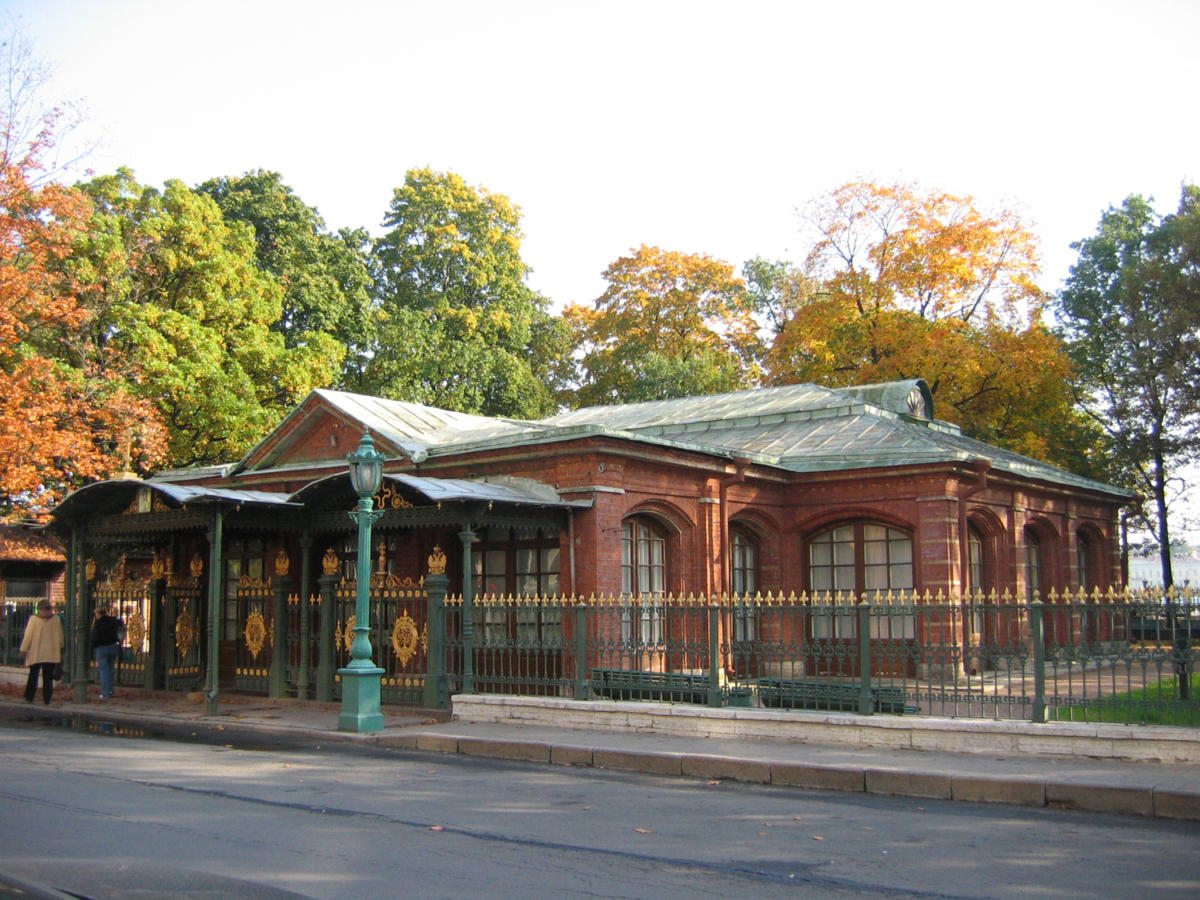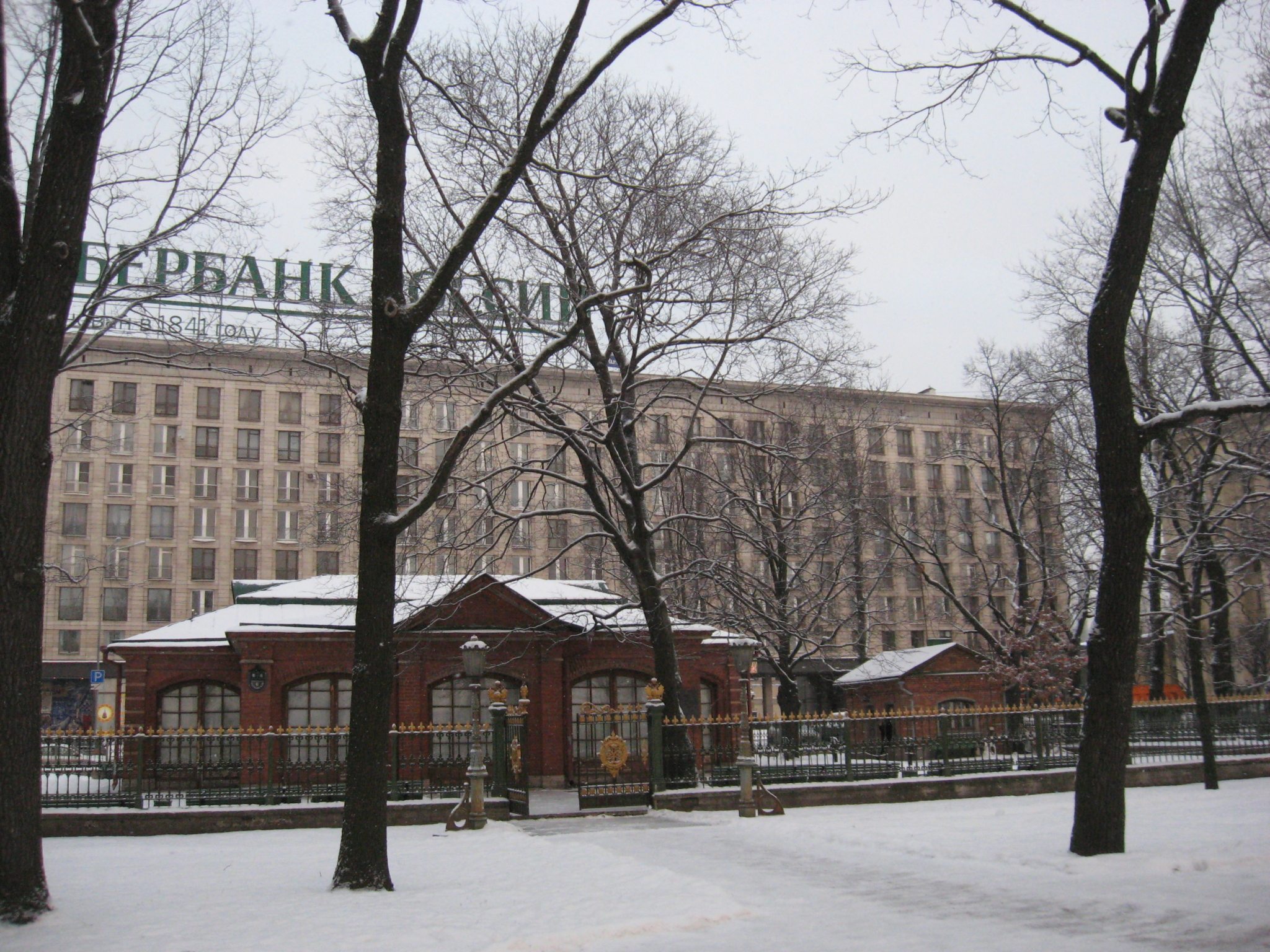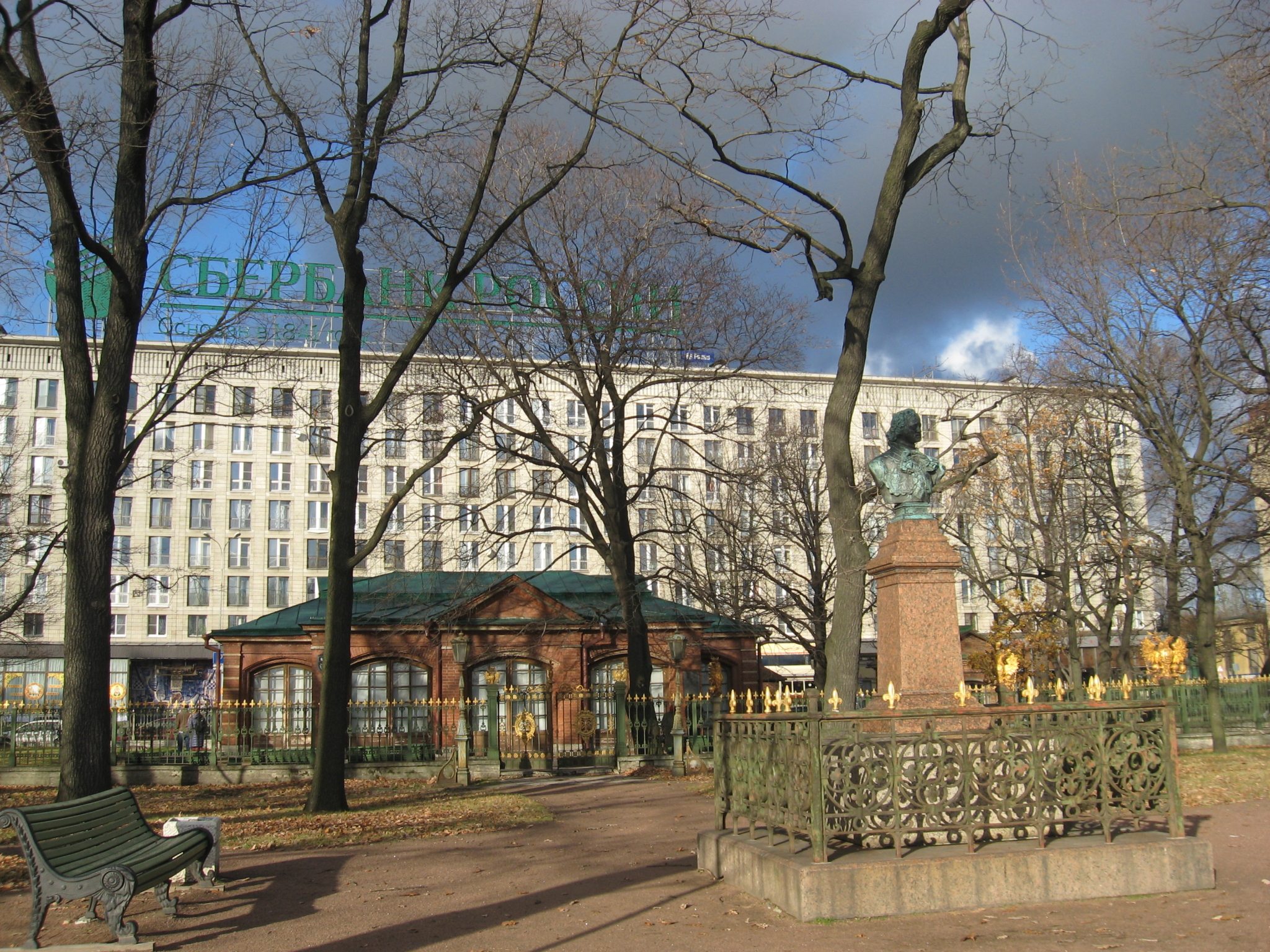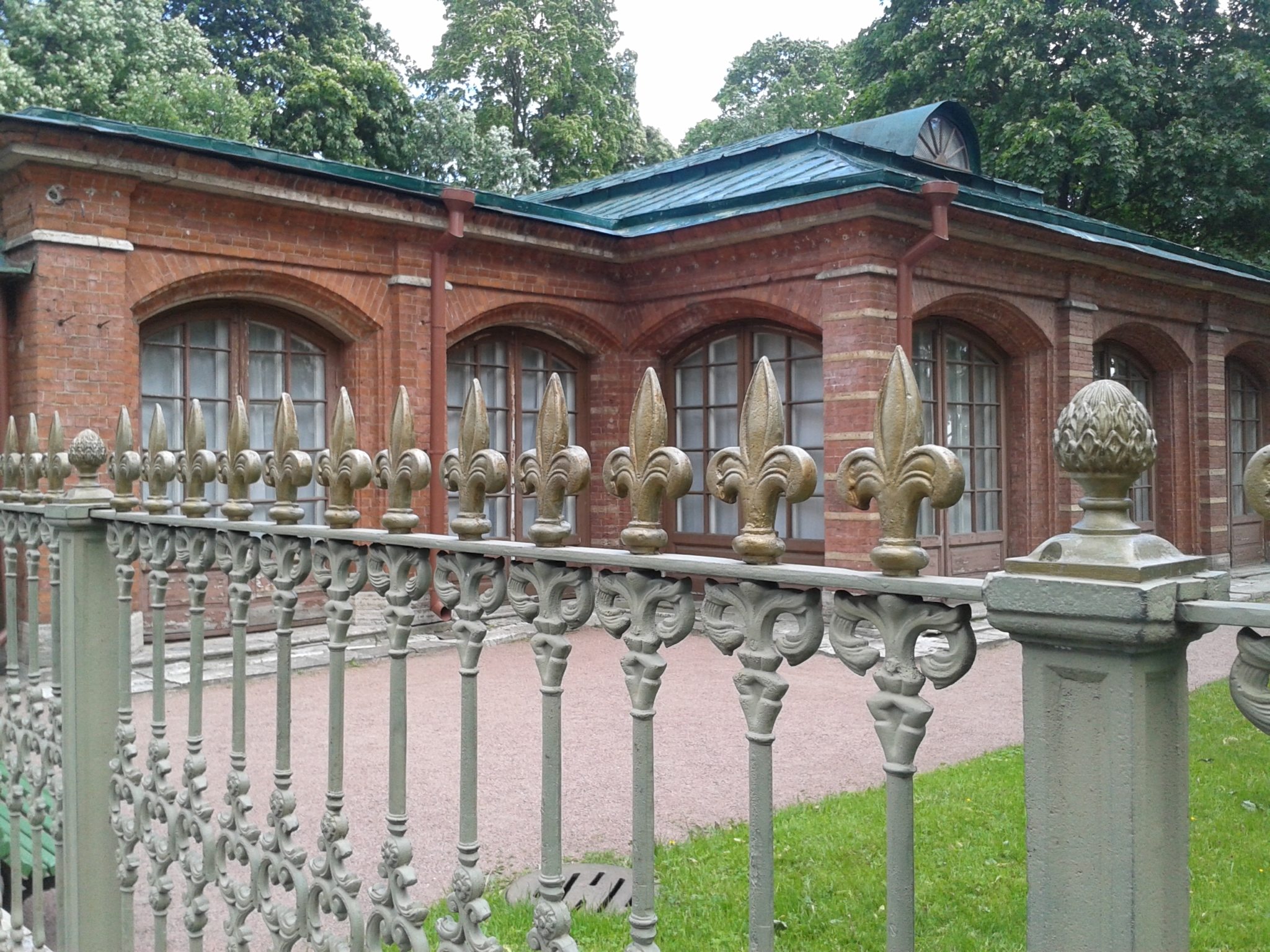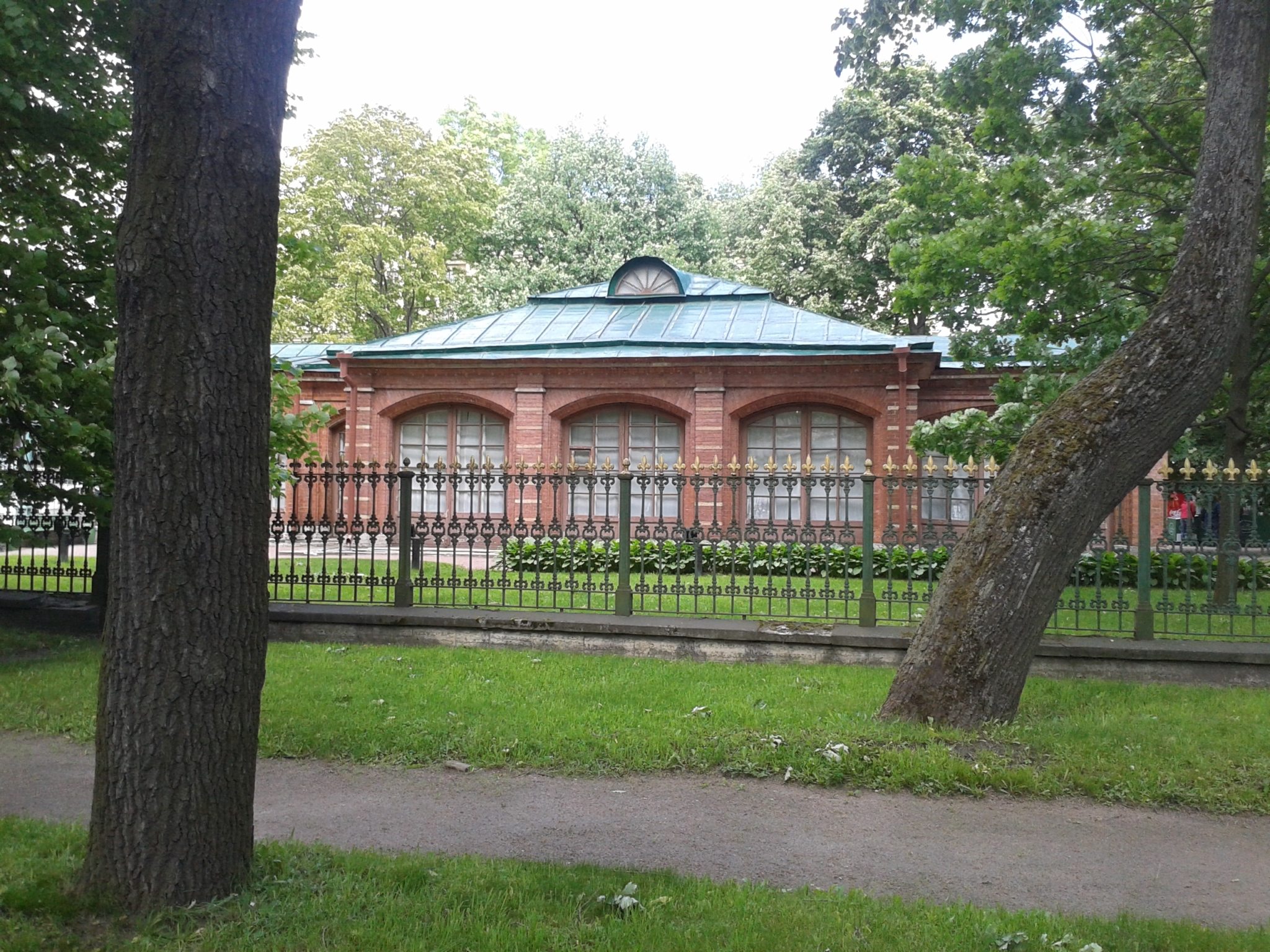Welcome to the Cabin of Peter the Great!
| Day | Opening hours |
|---|---|
| Monday | 10 am — 6 pm |
| Tuesday | The Museum is closed |
| Wednesday | 10 am — 6 pm |
| Thursday | 10 am — 6 pm |
| Friday | 10 am — 6 pm |
| Saturday | 10 am — 6 pm |
| Sunday | 10 am — 6 pm |
Ticket offices close 30 minutes earlier
Cabin of Peter the Great is closed on last Monday of each month
Address: 6 Petrovskaya Embankment
Getting here: Metro – Gorkovskaya
